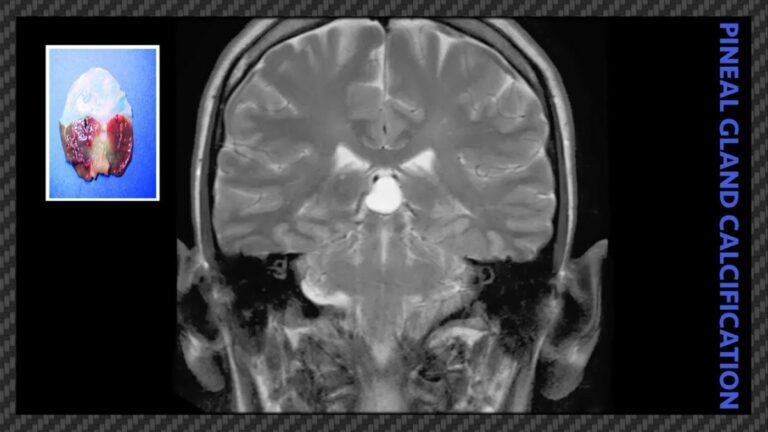Did you know that we all have a secret gateway within us, allowing us to consciously connect with higher intelligence? At the exact center of the brain is a pea-sized, pine cone-shaped gland called the pineal gland. Throughout history, there are many names associated with the pineal gland: The Eye of Providence, and the mind’s eye, the all-seeing third eye, the sixth chakra, the sixth sense, and Ajna.
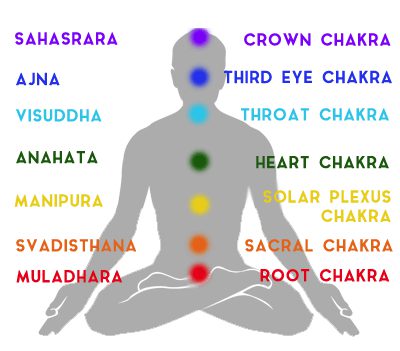
It may seem like esoteric mysticism; however, there is a lot of history and hard science to back up the theories of the third eye.
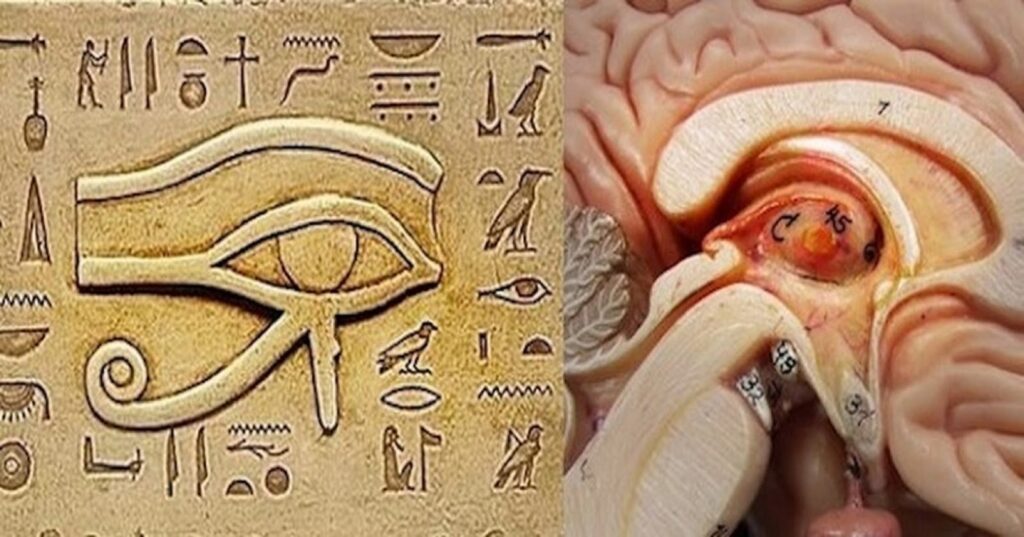
The History of the Third Eye
The very first mention of the pineal gland was by Lord Shiva (7200 BCE). He is pictured here with an all-seeing third eye in his forehead and a crown of pinecones. Ancient Hindus believed that he used his third eye to watch over everything that happens in the world.
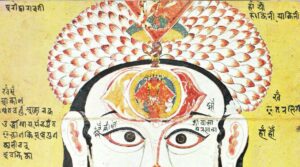
The stories of Lord Shiva are the first mentions of the pineal gland in history. Lord Shiva lived inside Mount Kailash almost 10,000 years ago.
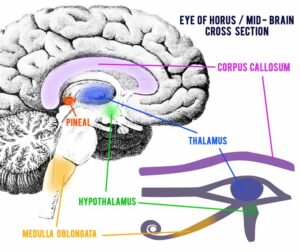
Ancient Egyptians conducted the first neurosurgery and anatomical studies of the body (3000 BCE). They called the pineal gland the Eye of Horus. They claimed this eye held mystical powers and believed that it was an all-seeing eye that connected them to their Gods.
Another one of the first written mentions of the pineal gland is in the ancient Hindu scriptures of the Vedas circa 1500 BCE. It was referred to as the “ultimate center for spiritual force.” During this time the Vedas also explained the chakra system and that the pineal gland is located at the sixth chakra.

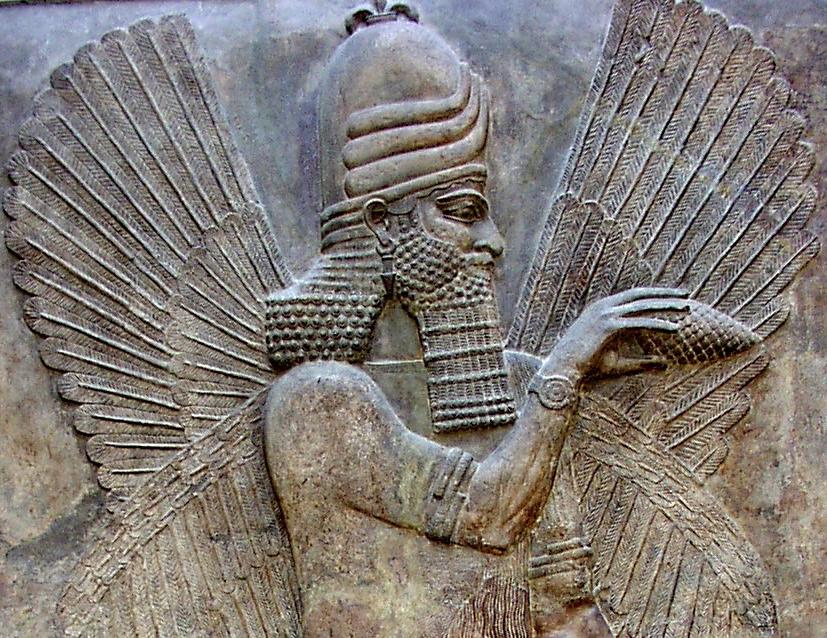
Ancient Assyrian carvings found in an Egyptian palace (713-716 BCE) depict a four-winged God-like figure with a cone-shaped hat.
The Pineal Gland in the Bible
Many biblical scholars believe that the place ‘Peniel’, where Jacob encountered the face of God after wrestling with an angel, is a reference to the pineal gland. The literal biblical translation of the word ‘Peniel’ means ‘Face of God.’
“And Jacob called the name of the place Peneil: for I have seen God face to face, and my life is preserved.” Genesis 32:30—(circa 1200 BCE)
The Peniel (or Pineal Gland) is where individuals wrestle with God. It is where the battle between good and evil is fought within the mind of every person.
Another reference to the pineal gland in the bible:
“The light of the body is the eye: if therefore your eye be single, your whole body shall be full of light.” —Matthew 6:22
The Pineal Gland and Pine Cone Symbolism
The Fontana della Pigna (The Pine Cone Fountain) was initially designed to have a fountain flowing over the top with water. It stood next to the Temple of Isis in Ancient Rome circa 37-41 AD; however, the three-story tall statue now sits in front of the Catholic Vatican in The Court of the Pine Cone.
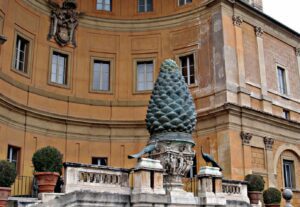

The Buddha (563 B.C.) is referred to as ‘the eye of the world,’ depicted here with a crown of pinecones and an eye at the center of his forehead.
Within the Great Seal of the United States on the U.S. one-dollar bill sits a representation of the third eye sitting on to of the pyramid. It is known as The Eye of Providence or the all-seeing eye of God

The Science of the Pineal Gland
The pineal gland is one of the most mysterious parts of human biology. Scientists are continually making profound discoveries about it. One of the first scientists to study the pineal gland was René Descartes (1596–1650). He dedicated much of his life to studying the pineal gland. He called it the principal seat of the soul and the place in which all thoughts form. Descartes also theorized the pineal gland was a gateway, allowing the mind to become separate from the body.
In 1958, scientists revealed that the pineal gland is an endocrine gland, separate from the brain, and its biological function is to secrete the hormone melatonin, which regulates circadian rhythm, thus regulating sleep. Melatonin provides anti-inflammatory and neuroprotective benefits. Recent scientific studies show that high doses of melatonin (not more than 10 mg) can improve symptoms of dementia, migraines, depression, obesity, and age-related diseases.
Scientific studies reveal that light activates this gland, which controls the biorhythms of the body.
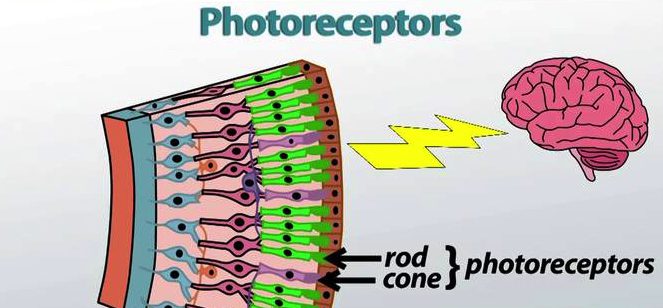
The pineal gland behaves remarkably like the eyes in that it has retinal tissue made with rods and cones; however, these rods and cones are ‘nonvisual’ photoreceptors — meaning they don’t convert light into signals to the brain. Many believe it is the evolutionary forerunner of the modern eye.
Even though the pineal gland is not a part of the brain, it strangely receives a higher percentage of blood flow than any other area of the body besides the kidneys. The pineal has the highest calcification rate among all organs and tissues. In 2018, scientists concluded that pineal calcification jeopardizes melatonin production and is associated with damage to the neurons (“Dietary Sources and Bioactivities of Melatonin“).
So the question is, why does the pineal gland have retinal tissue? Can we indeed ‘see’ with this third eye as our ancient wisdom teachers purported?
The most current scientific discoveries reveal that the pineal gland naturally releases a potent psychedelic called DMT. These findings were published in the “Journal of Psychopharmacology” in 2018. Placebo-controlled scientific studies show that DMT is present in those experiencing altered states of consciousness such as lucid dreaming or those having out-of-body experiences (OBE), also known as astral projection, or even in people during near-death experiences (NDE) Source: NIH: Molecules, 2018. Those in the field of esoteric science believe that the DMT produced by the pineal gland dissolves the borders of consciousness and acts as a portal to universal consciousness.
Ayahuasca, which contains DMT, is used in Shamanic ceremonies to activate the pineal gland. In recent scientific studies, people report intensely real hallucinogenic (aka entheogenic) experiences of spiritual awakening. The subjects of this study also report contact with entities of supernatural or spiritual origin. They also describe the feeling of compression of time.
What Happens When Your Third Eye is Activated?
When your third eye is open and activated, you’ll experience strong intuition and open-mindedness. Many people report being able to perceive color more vividly and see auras. They become capable of precognition, lucid dreaming, and even have out-of-body experiences. Some can discern spiritual entities. They will begin to think of themselves as a part of the fabric of the universe.
For more about the science of auras, see the companion article, Emotional Vibrational Frequency.
How to Open Your Third Eye
Foods to Open the Third Eye
Supplements to Open the Third Eye
Melatonin
Iodine
“Iodine intake immediately increases the excretion of bromide, fluoride, and some heavy metals, including mercury and lead. Bromide and fluoride are not removed by any other chelator or detoxifying technique…The human pineal gland contains the highest concentration of fluoride in the body. Fluoride is associated with depressed pineal melatonin synthesis, and this depression increases one’s chance of cancer.” — Dr. Mark Siccus, “Iodine Protects Against Fluoride Toxicity “
Turmeric with Bioprene
This 2014 study in Pharmacogn Magazine shows that curcumin, the active ingredient in turmeric, can prevent and potentially reverse pineal gland damage from fluoride exposure.
Chaga mushrooms
Scientific studies have demonstrated potent effects of the Chaga mushroom on the pineal gland and the production of melatonin.
5HTP and Magnesium
These supplements work together to help your body to metabolize melatonin.
Brainwave Entrainment
Light Therapy
Block blue light and green light to open the third eye. Melanopsin is a sensor in your eye that triggers when it gets dark. When this sensor is triggered, the pineal gland produces melatonin. Blue and green light can delay the release of melatonin. Red light blocks the blue and green spectrum. Red light slows down your brainwaves. The slower brainwaves are called Alpha, Theta, and Delta. When your brain is in this slower state it causes your body to enter a relaxed meditative state. You can use a red nightlight or a Himalayan salt lamp at night to block the blue and green light.
Brainwave Frequencies
There are many meditation videos available on Youtube that use brainwave frequencies to entrain your brain, thus activating the pineal gland to release melatonin. Binaural beats and isochronic tones activate Delta, Theta, and Gamma frequencies. Meditation Video by Jason Stephenson with binaural beats and isochronic tones.
Avoid high electromagnetic fields (EMF) above 50hz. (“The Pineal Gland – Biology and Consciousness” by Saskia Bosman, Ph.D.). Your bedroom can be a gauntlet of EMFs. Unplug devices and move them away from where you sleep.
Essential Oils
Scientific evidence supports the use of some essential oils (see list below) that can trigger the pineal gland to release melatonin. Essential oils also stimulate smell receptors in the nose, which then send messages through the nervous system to the limbic system — the part of the brain that controls emotions.
Scents like lavender, sandalwood, frankincense, white sage, and pine can gently stimulate the pineal gland. Do not ingest these oils.
Crystals
Place a crystal on your forehead while in meditation, such as amethyst, lapis lazuli, blue or purple sapphire, purple violet tourmaline, or rhodonite to awaken and activate your third eye.
Yoga Meditation and Mantra Chanting
Chanting mantras and practicing specific yoga poses will help to activate the pineal gland. To learn techniques on how to activate the pineal gland and open your third eye, see the companion article, Sixth Chakra – Third Eye.
A recent study showed the effects of a specific kind of mantra that creates profound mental and physical changes. For more on the science of mantra, see the companion article, The Science of Meditation and Spiritual Awakening.
“Before we open the third eye, it is important to build the energetic foundation of the first five chakras, starting at the root (the first chakra). Attempting to open the third eye before working with the lower five chakras is like learning to jump before you can even stand on two feet. Prematurely opening the third eye can result in a spiritual crisis—often perceived as psychosis.” — Erica Matluck, Doctor of Naturopathic Medicine and founder of Seven Senses Retreat Center.
For information about how to unblock and balance your other chakras, see the companion article, Chakras and How to Use Them to Heal Your Life.
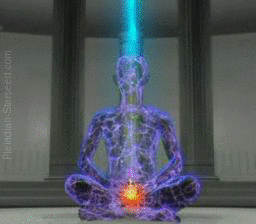
Use of Entheogenic Drugs
Entheogenic drugs such as DMT and mushrooms are highly effective for activating the pineal gland, which in turn opens the third eye “DMT Models the Near-Death Experience” (NIH 2018). A psychedelic journey is accessed and experienced within the realms of the pineal gland “N, N-Dimethyltryptamine (DMT), an Endogenous Hallucinogen: Past, Present, and Future Research to Determine Its Role and Function” (NIH 2018).
Calcified Pineal Gland
As mentioned above, when we age, the pineal gland becomes calcified and shrinks, thus producing little to no melatonin. Calcification occurs throughout the body as we age and is a precursor to cancer, heart disease, and other age-related diseases. Fluoride causes the greatest calcification of the pineal gland. Despite the known toxic effects of fluoride, 73% of US municipalities add it to the drinking water. Their rationale is that it prevents childhood tooth decay. The World Health Organization warns fluoride is a neurotoxin and can cause ADHD, heart damage, lower fertility, thyroid dysfunction, bone cancer, TMJ, and seizures. The best advice is, don’t drink water from the tap. Get a good water filter that removes fluoride. Also, too much calcium supplementation can cause a calcified pineal gland. The pineal gland of obese individuals and those with insomnia is usually significantly smaller. Not only does decalcifying the pineal gland help with opening your third eye, but it could help with insomnia and weight loss.
Scientists have recently studied patients with calcified pineal glands. They have found that there is a direct influence on kidney disease, hypertension, and neurodegenerative diseases, such as Alzheimer’s. They also found that a healthy pineal gland can prevent oxidative DNA damage, which causes aging. Read more on the scientific discoveries here: “Pineal Calcification, Melatonin Production, Aging, Associated Health Consequences, and Rejuvenation of the Pineal Gland.”

For references to books and videos on energy healing, see the Science-Based Awakening Library on the Energy Healing resource page.
References
- http://www.maravot.com/Tapestry_of_One3.html
- https://www.gotquestions.org/kingdom-of-God-within-you.html
- https://thirdeyepinecones.com/pages/history-and-symbolism
- “Melatonin: A Versatile Protector against Oxidative DNA Damage” (NIH)
- “Melatonin in Medicinal and Food Plants: Occurrence, Bioavailability, and Health Potential for Humans/a>” (NIH)


